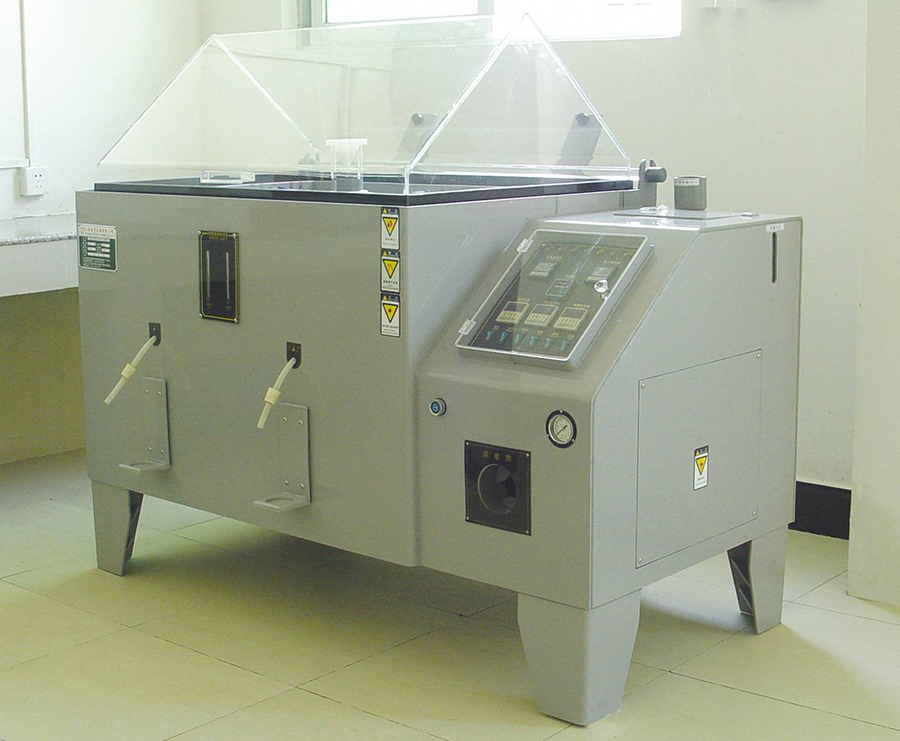The salt spray test is an environmental test that uses the artificial simulated salt spray environmental conditions created by the salt spray test equipment to evaluate the corrosion resistance of products or metal materials. It is divided into two categories, one is the natural environmental exposure test, and the other is the artificial accelerated simulated salt spray environment test. The salt spray test is an environmental test that uses a salt spray test chamber to artificially create an environment to simulate the salt spray conditions used in a product, and to test the corrosion resistance of products, especially metal materials. In the environment manufactured by the salt spray test chamber, the sodium chloride concentration is several times that of the general natural environment, so the corrosion ability is enhanced, and the test time and cost are greatly reduced compared with the exposure to the natural environment. The product environment salt spray test, the time to obtain the results is greatly shortened, and according to the standard GB6461, after the test by observing the area of corrosion of the surface of the test piece, the salt spray test results can be used to predict the actual use of the product. Corrosion resistance.

Neutral salt spray test
It is the most widely used accelerated corrosion test method in the earliest applications. In general, it uses a 5% aqueous solution of sodium chloride salt, and the pH of the solution is adjusted to a neutral range (6.5 to 7.2) as a solution for spraying. The test temperature is taken at 35 ° C, and the sedimentation rate of the salt spray is required to be between 1 and 3 ml / 80 cm 2 · h, and the sedimentation amount is generally between 1 and 2 ml / 80 cm 2 .


 Return
Return
